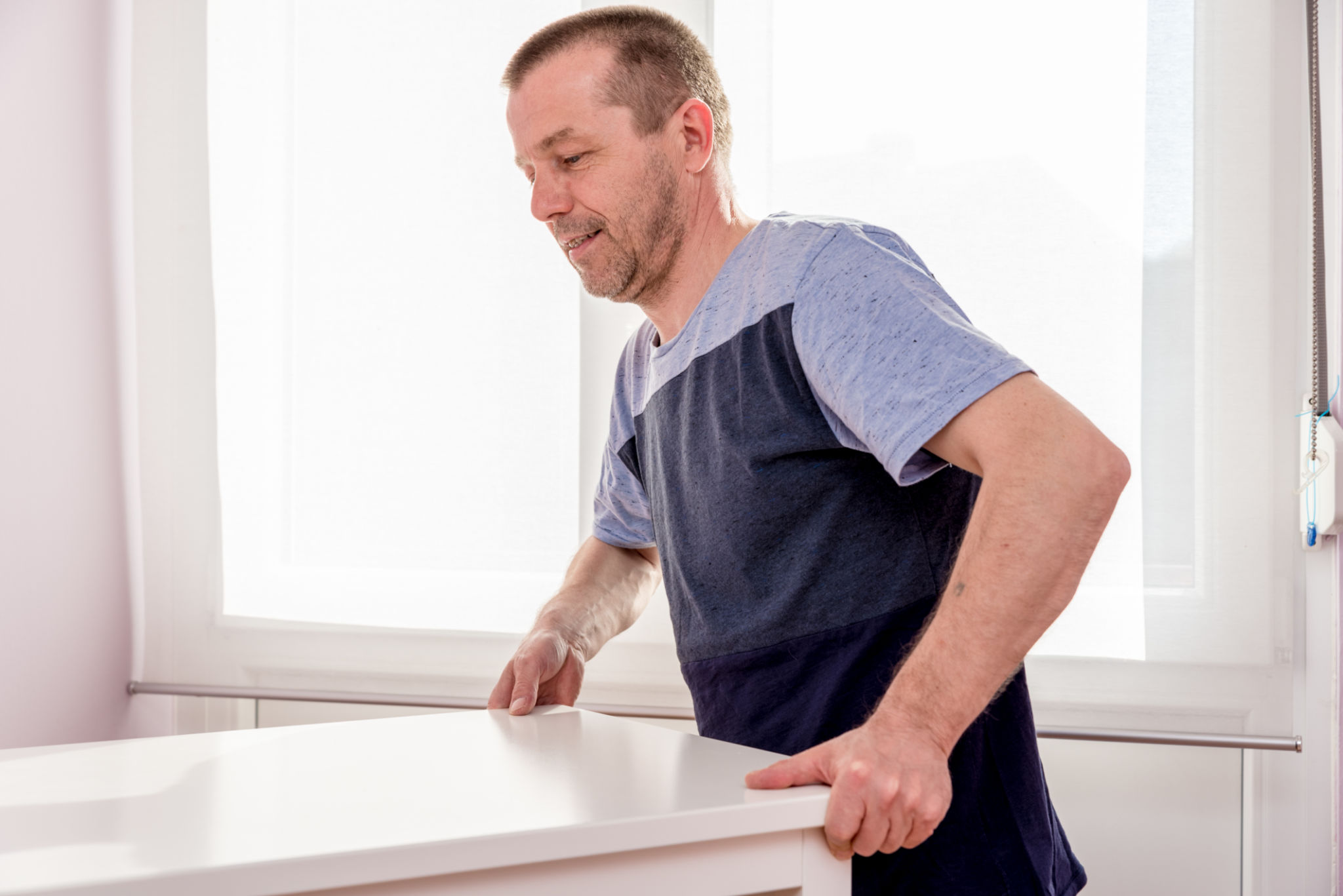Expert Tips for Disassembling and Reassembling Furniture Safely
Preparing for Disassembly
When it's time to move or rearrange your space, safely disassembling furniture can save time and prevent damage. Before you start, gather the necessary tools, such as screwdrivers, Allen wrenches, and a mallet. It's also helpful to have a soft cloth or blanket nearby to protect surfaces.
Begin by clearing the area around the furniture to create a safe working environment. This reduces the risk of tripping or damaging other items. Additionally, take photos of your furniture from multiple angles. These images will serve as a reference when it's time to put everything back together.

Step-by-Step Disassembly
Start by removing any cushions or detachable parts from the furniture. Place them aside on a clean surface. Next, identify the main joints and connectors holding the piece together. Use appropriate tools to carefully loosen and remove screws or bolts. Keep all small parts in a labeled container to avoid losing them.
If you're dealing with intricate pieces like shelving units or bed frames, disassemble one section at a time. This method prevents confusion and makes the reassembly process more manageable. Always handle components gently to avoid scratches or dents.
Handling Fragile Components
Some furniture, like glass-top tables or delicate wooden finishes, requires extra care. For these items, wrap each piece in protective padding or bubble wrap immediately after disassembly. This precaution minimizes the risk of damage during transport or storage.

Reassembling with Ease
Once you're ready to reassemble your furniture, refer to the photos you took during disassembly. Lay out all parts and hardware on a clean surface, ensuring everything is easily accessible. Start with the main frame, then gradually add smaller components, following the reverse order of disassembly.
During reassembly, avoid over-tightening screws or bolts, as this can strip threads or damage materials. If you encounter resistance, gently adjust the alignment before proceeding. Patience is key to a successful and secure reassembly.

Final Checks and Adjustments
After reassembling your furniture, conduct a thorough inspection to ensure all parts are securely fastened. Test moving parts like drawers or hinges to confirm smooth operation. If any components seem loose or unstable, tighten them carefully without applying excessive force.
Finally, clean any dust or fingerprints from the surfaces with a soft cloth. Your furniture should now be ready to use in its new location.
Maintaining Your Furniture
Regular maintenance can extend the lifespan of your furniture and keep it looking its best. Periodically check for loose screws or bolts, especially after moving pieces frequently. This proactive approach prevents potential issues from escalating into significant problems.
Additionally, consider using furniture polish or wood conditioner to protect finishes and enhance appearance. This simple step not only maintains the aesthetic appeal but also preserves the material integrity over time.
